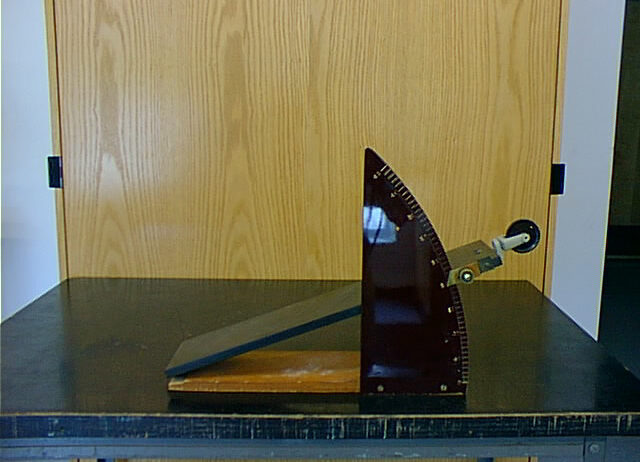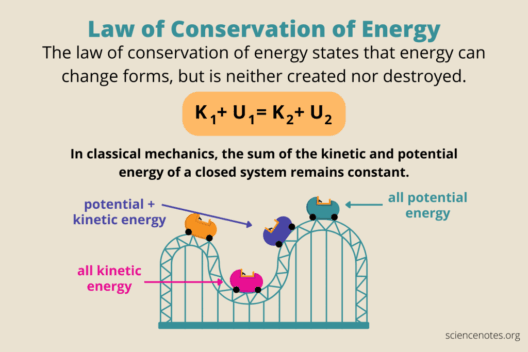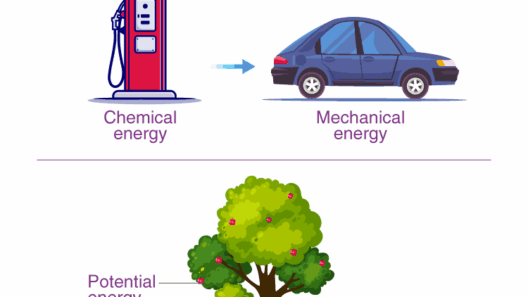Incline planes are fascinating examples of simple machines that leverage the principles of physics to conserve energy. In a world increasingly concerned with sustainability and minimizing energy consumption, understanding how these devices function can provide valuable insights into more efficient practices. This exploration delves into the mechanics of incline planes, how they work, and their significant role in energy conservation.
At its core, an incline plane is a flat surface that is tilted at an angle, facilitating the movement of objects from one level to another. This inclined surface reduces the amount of force needed to lift an object vertically. Instead of lifting an object straight up against the force of gravity, the incline allows for a gentler slope, which can be navigated with less effort. By redistributing the force required to elevate an object, incline planes illustrate a fundamental axiom of physics: energy can be transformed rather than consumed.
To understand the inner workings of an incline plane, one must consider the forces at play: gravitational force, normal force, and frictional force. The gravitational force acts downwards on the object, pulling it toward the ground. The normal force, which is the perpendicular force exerted by the surface of the incline, acts against the gravitational force. Friction, on the other hand, acts parallel to the incline, resisting the movement of the object. The interplay of these forces is key to maximizing energy efficiency.
When an object is placed on an incline, the gravitational force can be decomposed into two components: one parallel to the incline, which propels the object downward, and the other perpendicular to the incline, which offsetting the normal force. By increasing the angle of the incline, the component of the gravitational force acting parallel to the surface becomes more substantial, making it easier to slide the object down. Conversely, the steeper the incline, the more friction plays a role, potentially counteracting the benefits of the slope.
Energy conservation becomes apparent when one contemplates the work done in moving an object along the incline. The work-energy principle posits that the work done on an object is equal to the change in its energy. When moving an object vertically, the work done against gravity is substantial. However, using an incline plane, this process is drawn out over a longer distance, resulting in a lower force exerted over that extended distance. Therefore, the overall energy expended is less, demonstrating how incline planes function as a mechanism of energy conservation.
Furthermore, incline planes are instrumental in various application fields, from construction to material handling, thereby reducing energy waste in everyday operations. In architecture, ramps are employed to assist individuals with mobility challenges. These gentle slopes minimize the force needed to ascend, promoting inclusivity and efficiency in public spaces. In material movement, trucks utilize incline planes to unload their cargo with minimal exertion, conserving both human and mechanical energy.
The principle behind incline planes is rooted in the mechanical advantage they provide. Mechanical advantage is defined as the ratio of the output force produced by a machine to the input force applied to it. For incline planes, the mechanical advantage can be quantified by the ratio of the length of the incline to its height. The longer the incline relative to its height, the greater the mechanical advantage and the less force required to lift the object vertically, showcasing energy conservation in action.
Curiosity about incline planes leads us to consider their ecological implications. In the broader context of climate change, energy efficiency is critical. Implementing simple machines like incline planes can contribute significantly to reducing carbon footprints. For instance, in the logistics sector, optimizing the use of incline planes can lead to lower fuel consumption and decreased emissions from transport vehicles. In industrial settings, minimizing energy usage translates into lower operational costs and reduced environmental impact.
Moreover, the educational potential of incline planes should not be overlooked. They serve as excellent tools for illustrating complex physical concepts in classrooms, captivating students’ interest in science and engineering. Understanding the operation of simple machines can ignite a passion for innovation, particularly in renewable energy technologies. Knowledge of these machines opens pathways to exploring advanced engineering solutions aimed at energy conservation and efficiency.
As we turn our gaze towards the future, the utilization of incline planes can play a transformative role in sectors grappling with energy challenges. From the development of infrastructure to enhancements in transportation systems, these simple machines can substantially reduce energy expenditure. This shift in perspective regarding incline planes underscores a broader narrative about sustainability and innovation in our approach to addressing climate change.
In conclusion, incline planes are more than mere geometrical constructs; they embody a sophisticated interplay of forces that exemplify the principles of energy conservation. By redistributing the demands of gravitational force through carefully designed angles, they minimize the energy required for moving objects. In both theoretical understanding and practical application, incline planes promise a sustainable future where the efficient use of resources aligns with our environmental aspirations. The simplicity of incline planes belies their profound implications for energy conservation, beckoning us to rethink our approach to both technology and sustainability.








